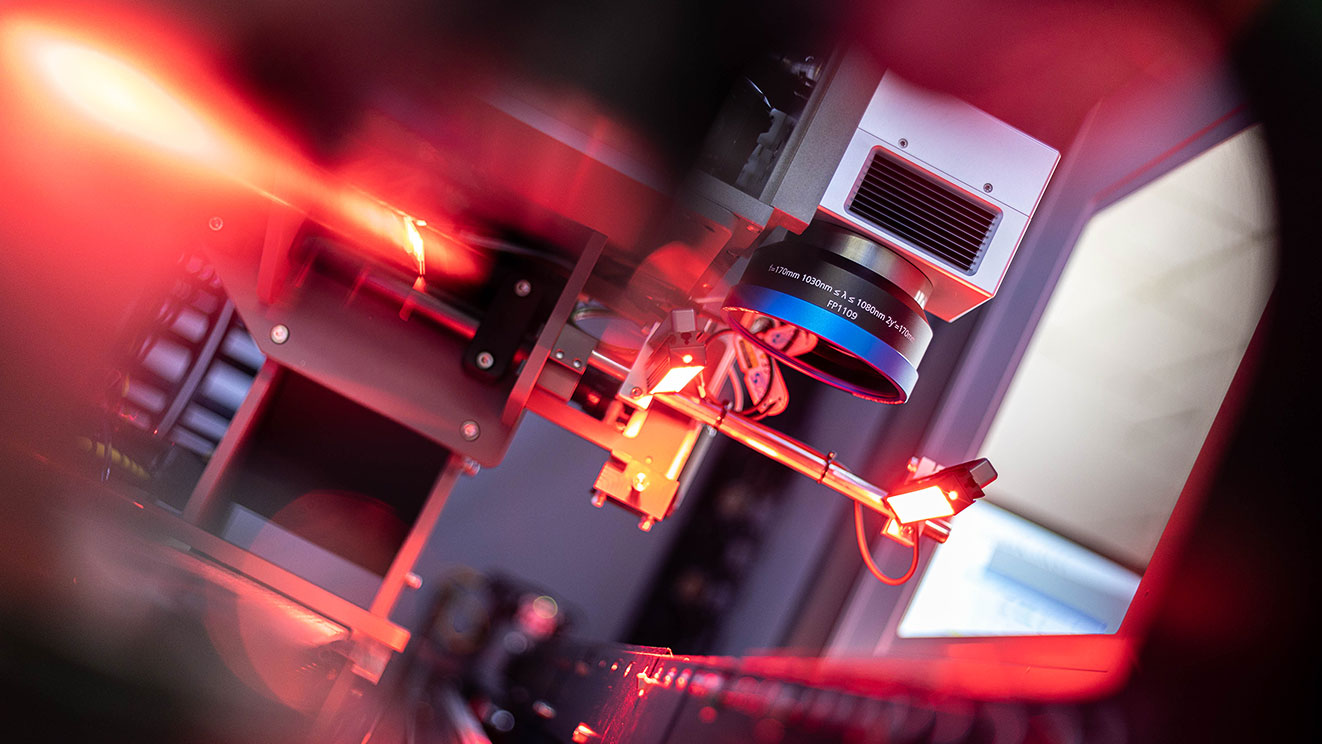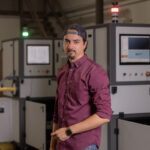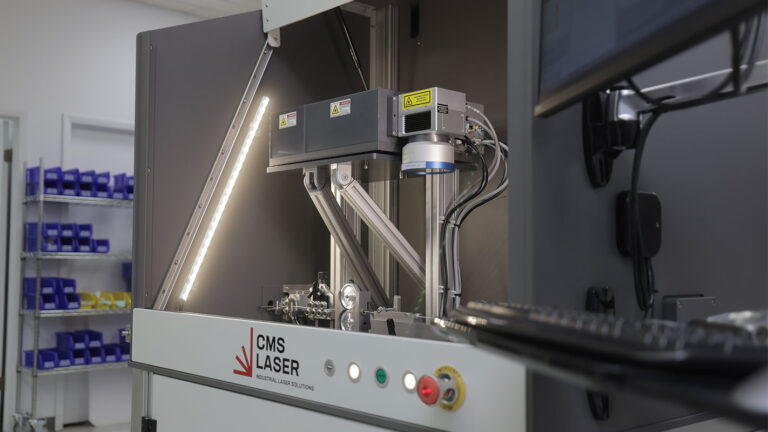As a laser integrator, we have the opportunity to work within many different industries and on diverse laser applications. Companies come to us with specific challenges and look to us not only to come up with a solution but the right solution.
Industrial lasers for medical devices is a growing segment and one that seems to have endless possibilities. Not only is the healthcare industry as a whole experiencing significant growth, but also medical technology is constantly evolving.
Previously, we discussed five different laser applications we’ve worked on within the endoscopic device industry. This post takes a deeper look at one of the applications – cutting and weld capping of endoscopic guide wires.
As an overview of the application, an endoscopic device manufacturer company came to us seeking a laser-based solution for cutting and capping guide wires of different lengths. Let’s take a look at the goals, challenges and the laser solution we developed.
Laser Application Goals and Objectives
The first step in developing a successful laser solution is to understand our client’s current challenges. Whether it’s a new product or application, or they are looking to upgrade a current laser system, we take the time to listen to their needs, goals, and challenges.
In the cutting and capping application we worked on for this particular endoscopic device manufacturer, they had five distinct goals and objectives specific to the laser application:
- Laser cutting: The client required multi-stranded stainless steel guide wire to be cut at programmable lengths.
- Capping: Both ends of the guide wire needed to be capped (i.e. welding all the individual strands together) with a weld to prevent the wire from unraveling.
- Smooth ends: The welded end caps could not exceed the diameter of the guide wire to ensure proper fit into other pieces of the final product. Within the endoscopy industry, creating tools and products that prioritize patient comfort and ease of use is paramount.
- Automation: The multi-stranded stainless steel wire comes in a large spool and the client was seeking a solution that was largely automated to maximize efficiency and productivity.
- Discoloration: For aesthetic and quality purposes, the client was seeking a solution with little to no discoloration at the cut ends of the guide wire.
Challenges with Cutting and Capping Endoscopic Guide Wire
After getting a handle on the client’s requirements, we look to identify potential challenges with the application and begin to experiment with potential ways to overcome those challenges.
- Speed: Steel reflows and cools quickly after it is melted and cut. The challenge was to keep the cut ends from reattaching.
- Control: Due to the stainless steel propensity to reflow, it is challenging to control the finished shape of the capped end of the guide wires.
- Discoloration: Steel wires naturally discolor through oxidation when heated.
Laser Solution for Endoscopic Guide Wires
The engineers in our Applications Development Lab experimented with different options and variables in order to develop a laser solution that overcame the challenges of the application and met all of the client’s requirements.
Here is an overview of our final laser solution:
- A Ytterbium fiber laser was chosen for this application because it was able to melt the stainless steel guide wire in a quick and controlled manner.
- The system included well-controlled wire transport system and a tensioning mechanism to ensure a clean cut.
- A mechanism to add cover gas was incorporated to reduce discoloration and to enhance the smooth ends.
- In addition, to consistently create the desired smooth rounded shape on both ends of the guide wire, a post-cut laser modification was added.
- With the exception of loading the system with the spool of stainless steel wire and programming the system to cut a certain number of wires at a particular length, the laser solution was automated.
Final Thoughts
With each laser application we tackle within the medical device industry, we learn more about the best use of industrial lasers in this sector. We’re able to apply the knowledge we’ve gained to every project and client. However, each client and application has unique requirements is different and we’re looking forward to developing more solutions within endoscopy device manufacturing.
In our final blog in this series on endoscopy, we’ll discuss in greater detail the automation elements of this laser solution that resulted in increased productivity and efficiency for the client without compromising quality.
Do you have a challenge with endoscopic device manufacturing? Contact us today to discuss your needs and specifications.
We’d love to have an in-person discussion with you about your current challenges. Catch up with us at the upcoming shows:








0 comments
Leave a comment.